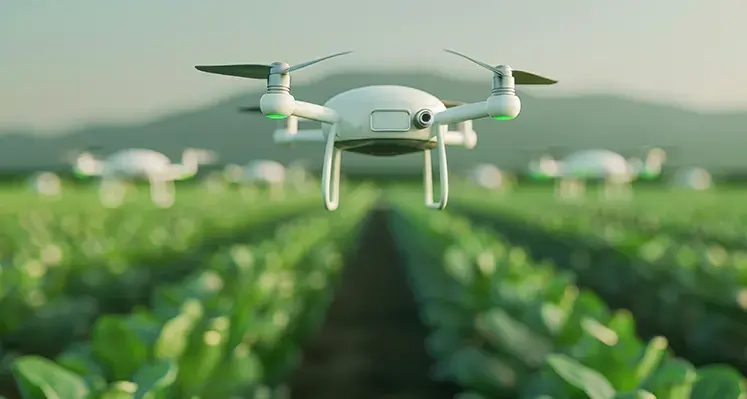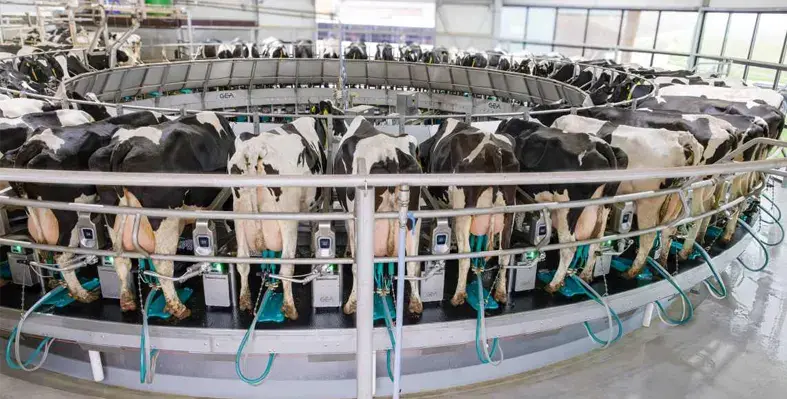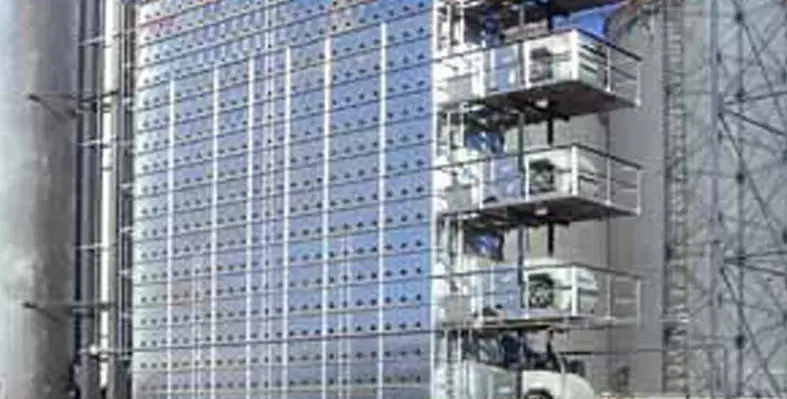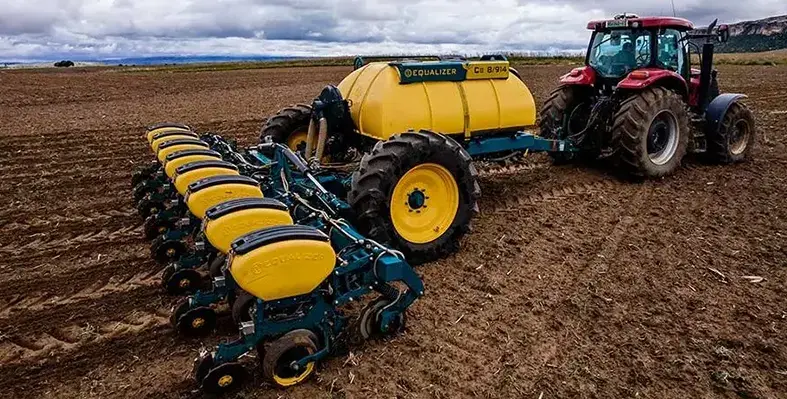Zamfara State has taken a major step towards reshaping its agricultural future, as Governor Dr Dauda Lawal formalised a strategic Memorandum of Understanding (MoU) with the Ministry of Finance Incorporated (MOFI).
The agreement aims to accelerate large-scale mechanised farming, agro-industrial development, and modern agricultural practices across the state.
The deal was sealed during the Africa Investment Forum (AIF) Market Days 2025, held from 26 to 28 November in Rabat, Morocco. The forum, widely recognised as a premier platform for advancing investment-ready projects across the continent, brought together African investors, financiers, and policymakers to fast-track funding partnerships. According to Governor Lawal’s spokesperson, Sulaiman Bala Idris, the gathering allowed governments and investors to negotiate directly and push major economic initiatives towards implementation.
Organised by the African Development Bank in collaboration with six founding institutions, the AIF Market Days served as a multidisciplinary space for unlocking capital, strengthening private-sector engagement, and enhancing collaboration on Africa’s development priorities. Governor Lawal participated in several high-level discussions centred around boosting private investment, expanding public-private partnerships, and raising domestic financing for long-term growth.
Speaking on the new agreement, the governor’s spokesperson noted its strategic importance, explaining that “The agreement positions Zamfara State as a key beneficiary of the Integranium Agricultural Transformation Initiative—a national programme focusing on mechanised farming, agro-processing, post-harvest systems, and global market access.” The arrangement provides a clear division of responsibilities: “Under the MoU, Zamfara will provide land, infrastructure, security, and a supportive policy environment, while MOFI takes the lead on financing, investor engagement, and project development support.”
This partnership is expected to unlock new employment opportunities, enhance food security, strengthen agricultural value chains, and support inclusive economic growth across Zamfara and the wider North-West region. The focus on mechanisation, modern processing, and market expansion places Zamfara in a strong position to attract global and local agribusiness investors.
During a roundtable session with international investors, Governor Lawal portrayed Zamfara as a rapidly developing agricultural destination. He highlighted major projects underway in the state, including an international cargo airport, a luxury five-star hotel, and significant urban renewal efforts. Emphasising Zamfara’s natural strengths, he said, “I am glad that the African Development Bank is here with other leading international investors. Agriculture is the way forward for Africa, Nigeria, and especially Zamfara State. We have fertile land and grow a variety of crops—our comparative advantage is clear. I invite all global investors to Zamfara.”
With this partnership now in motion, Zamfara positions itself for a new era of agricultural transformation driven by mechanisation, investment, and sustainable growth.











